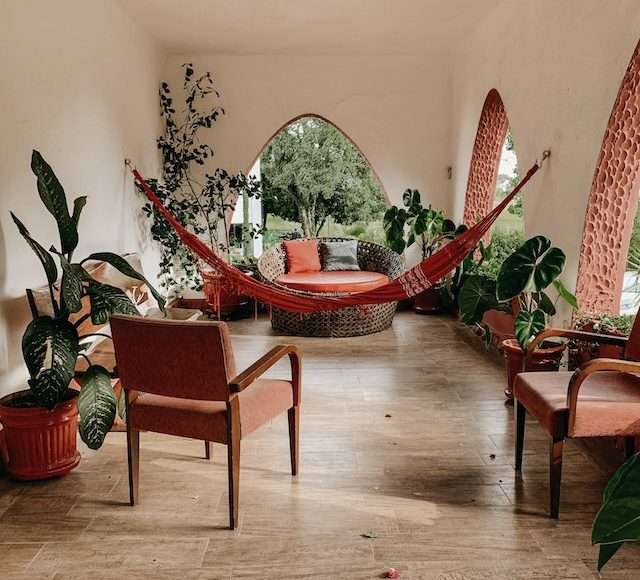Remote but Not Removed: Creating Psychological Safety in Hybrid Meetings

Hybrid working may be the norm, but that doesn’t mean it’s without its pitfalls. While technology has helped us stay connected across locations, it hasn’t always closed the gap where it matters most — in how we feel. In a world where half the team is in the room and the rest are peering through laptop screens, the silent question remains: who really feels heard?
Psychological safety — the belief that team members can speak up, ask questions and make mistakes without fear of embarrassment — is crucial to collaboration. But in hybrid settings, where cues are missed and voices are easily sidelined, maintaining that safety can be a challenge. This article explores how to create inclusive, human-centred hybrid meetings where everyone feels safe to participate, no matter where they sit.
The Hidden Challenges of Hybrid Meetings
On the surface, hybrid meetings offer the best of both worlds: flexibility and connection. But scratch that surface, and cracks often appear. In-person attendees may bond over shared coffee or casual hallway chats, while remote colleagues are left catching fragments of the experience.
Take this example: A creative agency holds its weekly design review with four people in the room and two calling in. The in-person group riff freely, talk over one another, and even sketch on a shared whiteboard. The remote team? They’re silent — not by choice, but because no one thinks to move the camera, repeat ideas, or pause for input. The result: missed insights, disengaged teammates, and ideas that remain unsaid.
According to Gallup, only 3 in 10 employees strongly agree that their opinions count at work — and hybrid settings risk pushing that figure even lower without thoughtful structure.
What is Psychological Safety, and Why Does it Matter?
Coined by Harvard professor Amy Edmondson, psychological safety describes a team environment where people feel safe to take interpersonal risks. It’s the foundation for innovation, collaboration, and resilience.
When psychological safety is present, team members challenge ideas constructively, share incomplete thoughts, and offer feedback without hesitation. When it’s missing, meetings become quiet — or worse, performative.
In hybrid meetings, where the absence of eye contact and body language already adds distance, psychological safety is especially fragile. It’s not enough to invite someone to the meeting; they need to feel they truly belong there.
As leadership consultant Priya Parker says, “The way we gather matters.” And nowhere is that more true than in hybrid teams, where the structure of your meeting can either shrink or amplify every voice.
Designing Hybrid Meetings That Feel Inclusive
Creating psychological safety in a hybrid world isn’t just about tech — though that helps. It’s about curating an experience where everyone feels seen, heard, and empowered to contribute.
1. Use Tech to Level the Playing Field
Good hybrid meetings start with good tools — but more importantly, they start with thoughtful use of those tools.
- Ensure high-quality microphones and cameras allow remote attendees to hear and see clearly.
- Use gallery view during virtual calls so all participants — remote or in-room — hold equal space on screen.
- Avoid relying on physical whiteboards unless they can be clearly captured for remote eyes.
Visual and environmental design also matter. Just as selecting lighting fixtures enhances mood and focus in physical spaces, your hybrid setup shapes participation and energy. Good lighting, clean visuals, and inclusive layouts speak volumes.
2. Establish Clear and Respectful Norms
Unspoken rules can create unspoken hierarchies. That’s why hybrid teams benefit from explicit meeting norms that support equity and inclusion:
- One speaker at a time — no side chats that exclude remote voices.
- Cameras on, when possible — it invites connection and signals presence.
- Begin with check-ins — even just “What’s one word to describe your week?” brings everyone into the room.
Creating these norms together ensures they’re embraced, not imposed. And over time, they evolve into a shared team rhythm that supports trust and openness.
3. Facilitate with Intention
The facilitator is the guide through the hybrid landscape. They create the space, read the energy, and make sure no one is left in the digital dark.
Try:
- Rotating facilitation to share ownership.
- Structured turns to prevent interruption and spotlight remote voices.
- Breakout rooms (both virtual and in-person) to encourage smaller group reflection.
Hybrid facilitation is a skill — not a side task. Tactics like these, alongside principles from colour theory and emotional design (as explored in The Psychology of Colour), can elevate meeting flow and make participants feel more grounded and present.
Support Systems Matter: Train, Don’t Assume
Even with the best intentions, creating inclusive hybrid spaces takes more than tips. It demands a shift in mindset — and that starts with leadership.
When leaders share uncertainties or invite feedback, they model that it’s okay to not have all the answers. They show that questioning, learning, and vulnerability are strengths, not flaws.
Structured programmes like team insights training can be a game-changer here. By helping teams better understand each other’s communication styles, behavioural preferences, and triggers, they foster deeper empathy — the bedrock of psychological safety.
Investing in this kind of development sends a message: building trust isn’t optional, it’s a priority.
Don’t Guess — Ask: Use Feedback Loops
You can’t improve what you don’t measure. Embedding simple feedback mechanisms after meetings helps track how psychologically safe your space really is.
Ask questions like:
- “Did you feel comfortable speaking up today?”
- “Were remote and in-person voices balanced?”
- “What could make this format more inclusive?”
This data, even if informal, offers valuable signals. And when teams see their input leads to change, it reinforces the culture of openness you’re trying to build.
Final Thoughts: Safety is Designed, Not Assumed
Hybrid work isn’t just about where we work — it’s about how we work together. Psychological safety is the glue that holds teams together across screens and cities.
So next time you gather your team — whether in a sleek boardroom or on a Zoom tile — ask yourself: are we building a space where people can be brave? Where they can share wild ideas, say “I don’t know”, or respectfully disagree?
Because when meetings become spaces of safety, they become spaces of possibility.





